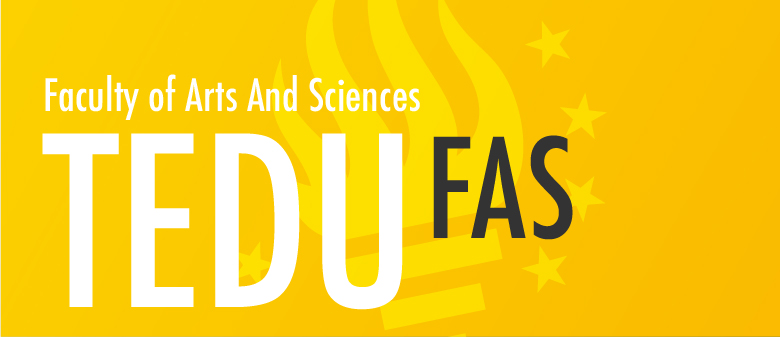fas

- Yellow New (#D7BA36)
Prof. Yusuf Eradam, Represented TEDU in Toronto!
PROF. YUSUF ERADAM, CHAIR OF ENGLISH LANGUAGE AND LITERATURE DEPARTMENT, REPRESENTED TEDU IN TORONTO!
Prof. Yusuf Eradam, Chair of English Language and Literature Department, gave a talk titled "Eco-Ecesis via Creativity with Haiku-Consciousness" in Toronto at the invitation of Ankara Library. Turkuaz TV had an interview with Mr. Eradam, whose talk was attended by audience from several locations of Canada.
Buket Uzuner, The Author, Met TEDU Members with Her Climate-Fiction Novel: Air
BUKET UZUNER, THE AUTHOR, MET TEDU MEMBERS WITH HER CLIMATE-FICTION NOVEL: AIR
WHERE WAS MAN MISTAKEN WHILE TRYING TO BE THE MASTER OF NATURE?
TED University hosted one of the most important authors of Turkey to discuss the life source of earth (NATURE), the first question in human’s mind (WHY?) and a very important concept (SINCERITY.)
POETRY, TRANSLATION & FINE ARTS HAND IN HAND!
The acclaimed Indian artist Shilpa Gupta, whose works have been exhibited at the most famous art centers like the Guggenheim and Tate Modern, and many international events and biennales around the world, has decided to use Prof. Dr. Yusuf Eradam's translations of two poems on Che Guevara by the late Turkish poets Arif Damar and Metin Demirtaş in her installation dedicated to 100 poets who have been jailed.
Eco-criticism: Green Literary Studies in the Age of Ecological Crisis
Speaker: Taner Can
HAIKU-CONSCIOUSNESS: Wrapping-Up Literature in English for Ecological-Ecesis
Speaker: Prof. Dr. Yusuf Eradam
GAMMA OSCILLATIONS IN THE BASOLATERAL AMYGDALA COORDINATE MICROCIRCUIT FUNCTION
Principal basolateral amygdala (BL) neurons fire at very low rates, yet profoundly influence behavior. This may be achieved by synchronizing the discharges of individual neurons. Since gamma oscillations are known to promote neuronal synchrony, we characterized their cellular and behavioral correlates in the BL nucleus. High-gamma (75-95 Hz) was most pronounced when rats were apprehensive and it entrained BL firing more strongly than all other rhythms. Principal cells preferentially fired during the trough of high-gamma, followed by fast-spiking interneurons.
Who are you? – Patterns in locational data
Speaker: James LITTLE
Positive Solutions of Nonlinear Second-Order Impulsive Boundary Value Problems on Time Scales
Speaker: Dr. Fatma Tokmak FEN
In this study we examine the existence of positive solutions of second-order impulsive boundary value problem with integral boundary conditions on time scales. Existence results of at least three positive solutions are established via a new fixed point theorem in a cone. Moreover, an example that supports the theoretical results is provided.
Waring-Goldbach Problem with Sparse Subsets of Primes
Speaker: Yıldırım AKBAL